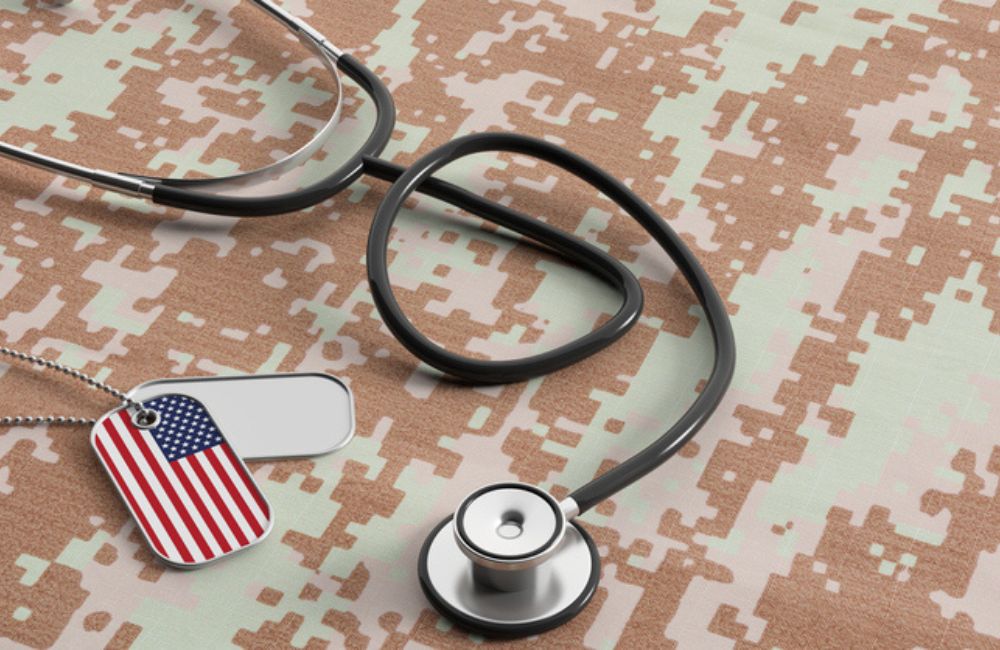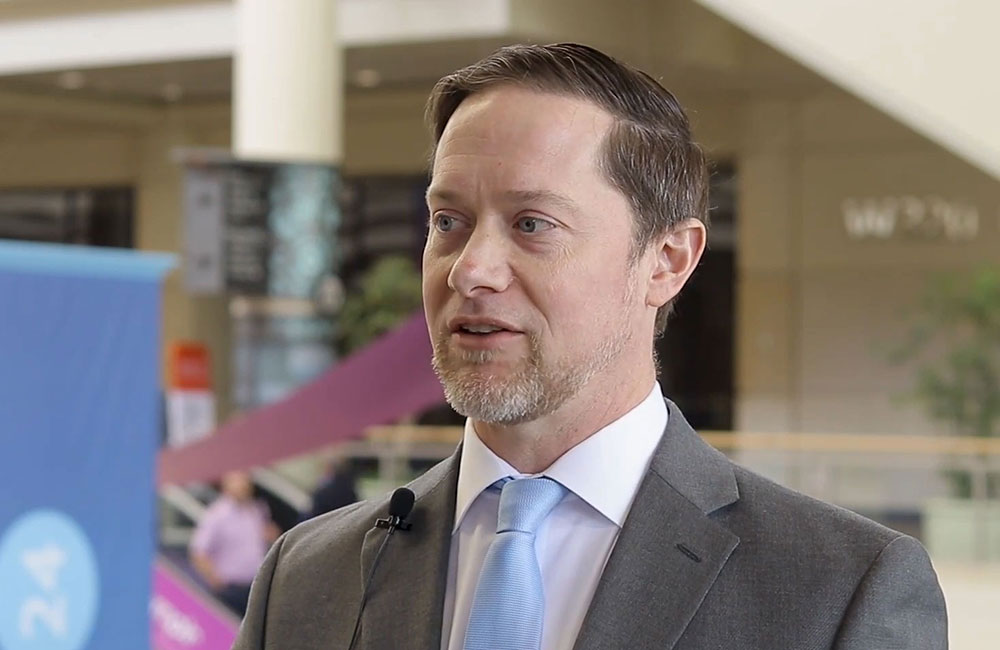VA Preparing for Post-COVID Health Care as Vaccination Demand Decreases
Secretary McDonough said with easing demand for vaccines, the agency is preparing care for long-haul COVID patients.

The Department of Veterans Affairs is looking toward a phase of post-COVID modernization to continue developing and reinforcing the agency’s health care infrastructure and foundational IT resources, Secretary of Veterans Affairs Denis McDonough and Assistant Under Secretary for Health for Clinical Services Dr. Kameron Matthews briefed reporters at a Monday press conference.
Many of these projects center on ensuring complete vaccination of all veterans within the VA network, as well as addressing the enduring symptoms experienced by “long-haul” COVID patients. The agency is currently exploring research projects to provide treatment and care for patients suffering COVID aftereffects, including through partnerships both across government and with academic institutions.
“We’re definitely looking to join conversations across government, but also from coordinating the different research initiatives across VA with our academic affiliates,” Matthews said. “But we need to not wait just for results from research. We need to really start treating these veterans as soon as possible. So we’re going to be developing, similar to other health systems, interdisciplinary long COVID clinics so that there can be multiple specialists actually meeting with these veterans. We may not have all answers and solutions up front, but we’re including our research teams in the development of those clinics.”
McDonough noted that in-person appointments at VA care centers have risen considerably since the start of 2021, with veterans coming in for treatment in the wake of widespread vaccination.
“Our community care scheduled appointments in March were 440,000. In February, they were 338,000. For direct care completed encounters in the VA system in March, there were 8,405,000. In February, it was 6,885,000. So what you’re seeing across both of those is significant demand,” McDonough said. “That’s a pretty significant increase for care in the community. It’s greater than any month going back to January 2020 pre-pandemic.”
The agency has also reached a point of widespread vaccination where daily vaccine appointments are decreasing, a testimony to the scope of VA’s inoculation efforts undertaken since the start of the new year.
“In terms of overall demand for our vaccines, I think two weeks ago we were probably at between 50,000 and 75,000 vaccinations a day. Right now we’re at between 25,000 and 30,000 a day,” McDonough said.
With VA having fulfilled many of its essential responsibilities to provide emergency support during a public health crisis, the agency is now looking to broadly modernize its health care facilities to improve care delivery nationwide. Much of this is encompassed within the recent allocations outlined within President Biden’s proposed American Jobs Plan that would provide VA with $18 billion for infrastructure development. McDonough noted that these infrastructure investments are vital for ensuring that VA care centers can also accommodate new technologies without accruing additional maintenance costs.
“Our average hospital is 59 years old. That’s against an average hospital age in the private sector of 11 years old. The investment for new modernized facilities is outstripped by investment in upkeep of aged facilities,” McDonough said. “That’s why I think the president’s $18 billion investment in the American Jobs Plan is so important.”
This is a carousel with manually rotating slides. Use Next and Previous buttons to navigate or jump to a slide with the slide dots
-

CDC Updates Public Health Data Strategy
Accelerating data sharing through capabilities like electronic case reporting make up a large portion of the new two-year plan.
3m read -

HHS Makes One-Stop Cybersecurity Shop in ASPR
The agency is working on standards and cyber incident response capabilities to help health care organizations combat ransomware threats.
4m read -

Women Technologists Highlight Workforce Impacts in FDA IT Plan
Tech leaders tackle amplifying women in the workforce as the agency works toward its two-year IT modernization plan.
3m read -

How AI, Digital Transformation in Health Care Compare Around the World
HHS and EU officials contrasted the different frameworks for emerging technology and the challenges that remain.
4m read




